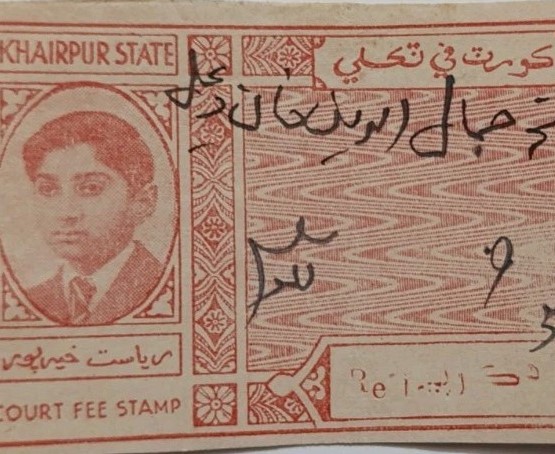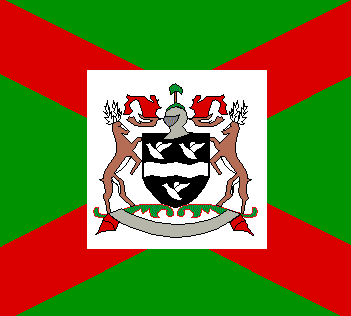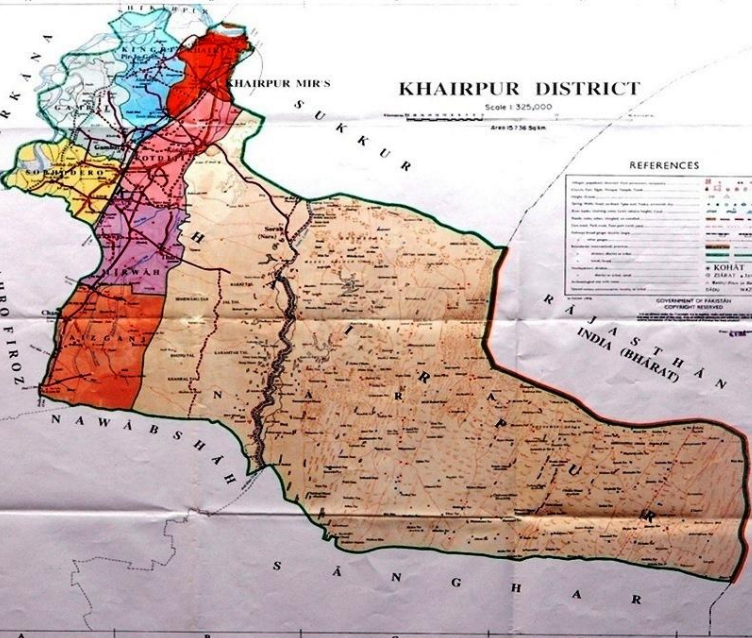Khairpur Mirs, located in northern Sindh, Pakistan, has a rich and remarkable history. The city rose to prominence in 1783 when Mir Sohrab Khan Talpur established the Khairpur State after separating from the Kalhora rulers. The Talpur dynasty made Khairpur their capital, and it flourished as a cultural and administrative center. In 1798, the majestic Faiz Mahal was built, symbolizing the royal grandeur of the state.
Unlike the rest of Sindh, which came under direct British control in 1843, Khairpur retained its autonomy as a princely state under British suzerainty. The Talpurs governed internal affairs independently while maintaining good relations with the British. The rulers of Khairpur focused on developing education, irrigation, and agriculture—making the region a key center for Sindh's date and mango cultivation.
After the partition of British India in 1947, Khairpur signed a Standstill Agreement with Pakistan, affirming cooperation while retaining limited autonomy. However, in line with Pakistan’s One Unit Scheme, the state was officially merged into Pakistan on October 3, 1955. Today, Khairpur is celebrated for its historic forts, Sufi shrines, educational institutions like Shah Abdul Latif University, and its unique contribution to Sindh's cultural heritage.




